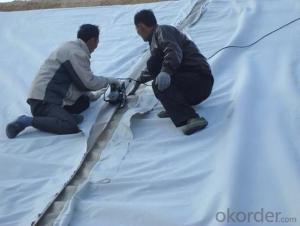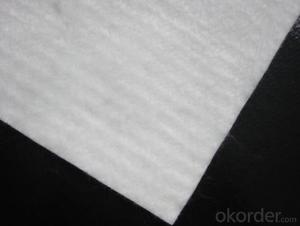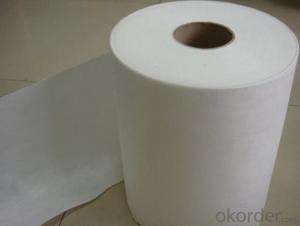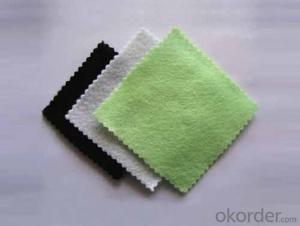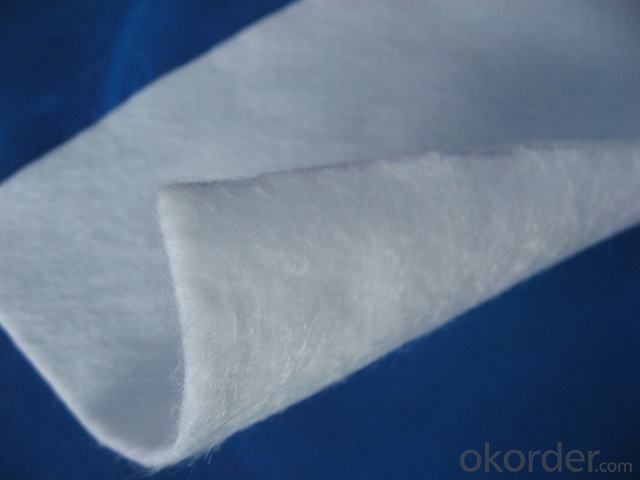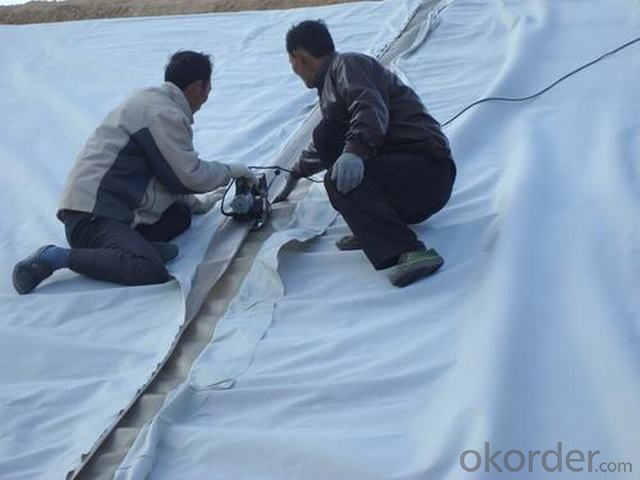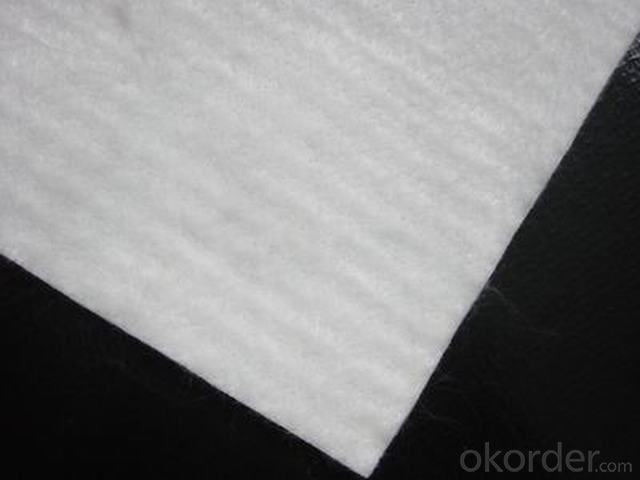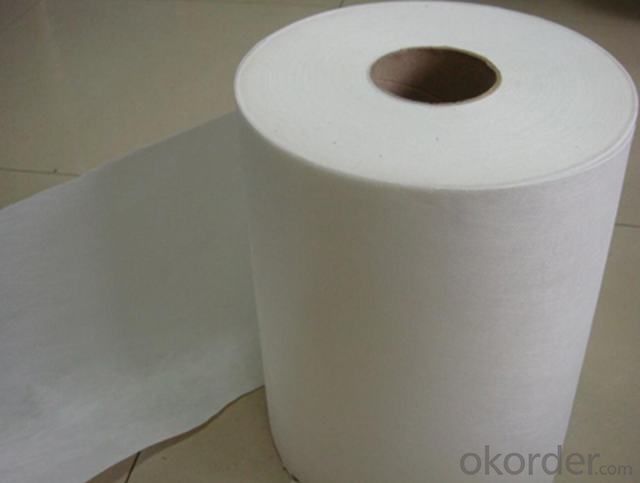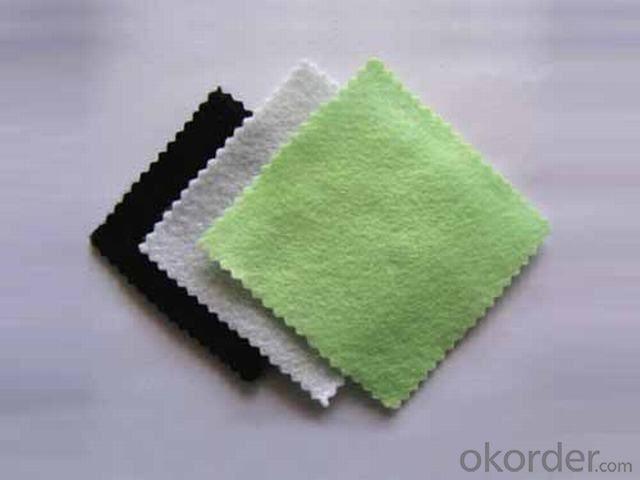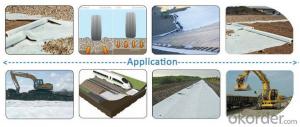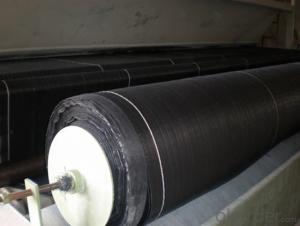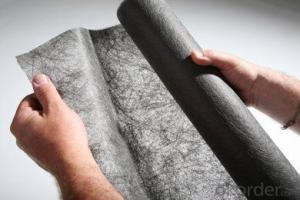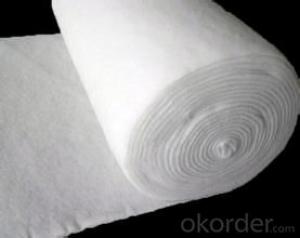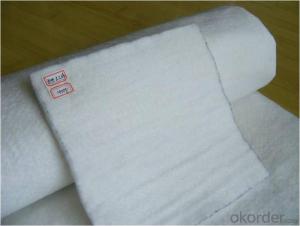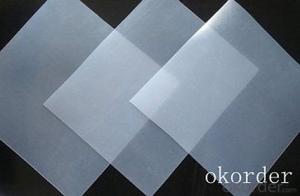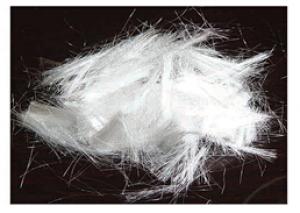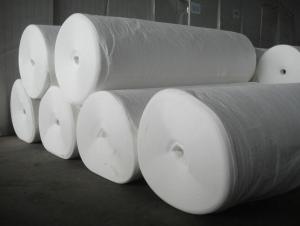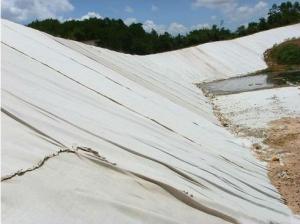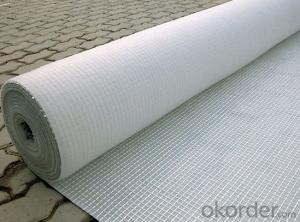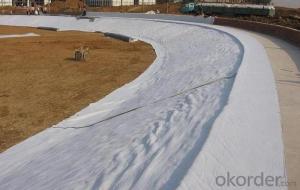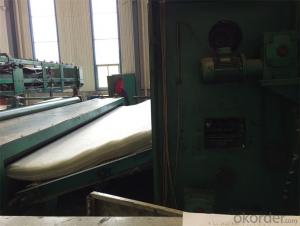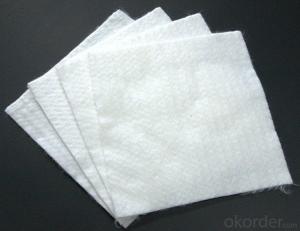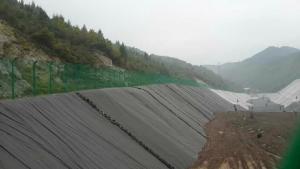Geotextile Membrane Toolstation Filament Non-Woven Geotextile for Railway Construction
- Loading Port:
- Qingdao
- Payment Terms:
- TT OR LC
- Min Order Qty:
- 20000 m²
- Supply Capability:
- 1500000 m²/month
OKorder Service Pledge
OKorder Financial Service
You Might Also Like
Features of Filament Non-woven Geotextile for Railway Construction:
1) Staple fibers needle punched non woven geotextile
The geotextile is made of polypropylene staple fibers on cross-laying equipment and needle punched equipment. It owns the advantages of acid and alkali resistance, erosion resistance, aging resistance, large strength, stable size, good filtrability etc.
2) Filament non woven geotextile
Filament geotextile has features as follows: High strength, good capacity of elongation and high biology tolerance, alkali tolerance, acidity tolerance, weather resistance good filtration and fine drainage capacity etc. Also it is of low cost, easy in construction and use effects.
Applications of Filament Non-woven Geotextile for Railway Construction:
1) Filtration :
The filtration layer of the dykes, river canal, seacoast, concrete slope, retaining walls. At the same time of preventing the clay granule from passing, it allows the water and the gas pass through freely.
2) Separation :
The isolation of the railway dregs and the roadbed, roadbed and the soft base, surface of the airdrome and parking lot and the groundsill, different dam materials. It isolates the soil and the gravel of two kinds different granule pathway from the groundsill or other buildings.
3) Adding muscle :
The highway, railway, soil-stone dam, breakwater, airport, backfill soil of retaining wall, slope protection, etc in which distributes the earth stress, prevents the side-displacement of the earth body and improves the earth body stability.
4) Protection :
It prevents the bank from being washed out, protects the bank and the bottom, prevents the water and soil from being washed away.
FAQ:
What is the main application of Filament Non-woven Geotextile for Railway Construction?
The main application of our Filament Non-woven Geotextile is as follows: The highway, railway, soil-stone dam, breakwater, airport, backfill soil of retaining wall, slope protection, etc.
Where is your main market?
Our main market is in Middle East, South America and some African countries.
What is your advantages for Filament Non-woven Geotextile for Railway Construction?
One of the largest manufacturer of Filament Non-woven Geotextile for Construction with advanced equipment, big production capacity and excellent quality.


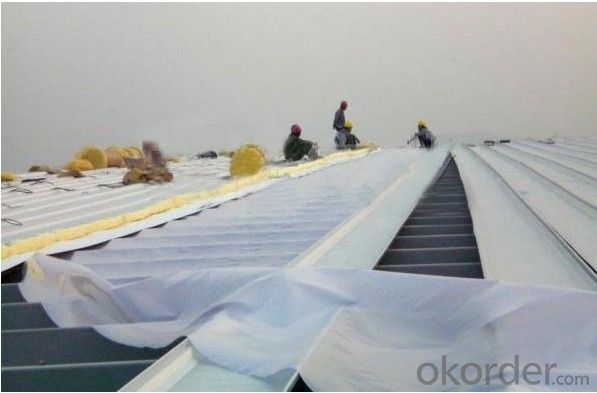
- Q: Production of geomembrane equipment which are such as the production of geotextile need to press machine, open charter, carding machine, etc.
- Mixing machine, screw extruder, heating die, circulating fan, traction machine, into a roll machine.
- Q: What are the considerations for geotextile selection in mining operations?
- When selecting geotextiles for mining operations, several considerations need to be taken into account. Firstly, the geotextile should be able to withstand the specific conditions of the mining site, such as high pressure, abrasion, and chemical exposure. It should also have sufficient strength and durability to support the load and prevent soil erosion. Additionally, the geotextile's permeability should be assessed to ensure proper drainage and filtration of water or other liquids. Lastly, its installation and maintenance requirements, as well as cost-effectiveness, should be considered to ensure seamless integration into the mining operation.
- Q: Can geotextiles be used in shoreline protection?
- Yes, geotextiles can be used in shoreline protection. Geotextiles are permeable fabrics that can be placed along shorelines to control erosion and stabilize the soil. They act as a barrier that prevents the loss of sediment while allowing water to pass through. This helps to protect the shoreline from wave action and reduce overall erosion.
- Q: Can plant roots penetrate geotextiles? Which kind of similar material can keep soil and water and let the plant roots pass through it?
- Of course. The roots of plants are omnipotent, and it has a strong vitality. It is small, but its power is infinite. It is also because it is small, it makes it seamless no omnipotent. It can wear the river across the sea, it can wear stone to break the ground, it is powerful you can not imagine, you do not see the cliffs on the grass, the king did not see the plow of the fern leaves!
- Q: How do geotextiles help in preventing clogging of drainage systems?
- Geotextiles help prevent clogging of drainage systems by acting as a filter, allowing water to pass through while preventing the entry of fine particles and debris that could potentially clog the system.
- Q: Can geotextiles be used for drainage purposes?
- Yes, geotextiles can be used for drainage purposes. They are commonly used to improve soil drainage by allowing water to pass through while preventing soil erosion and clogging.
- Q: What are the limitations of using geotextiles in high-water flow conditions?
- One limitation of using geotextiles in high-water flow conditions is their potential to clog and become less effective over time. The continuous exposure to flowing water can lead to the accumulation of sediments and other debris, which can reduce the permeability of the geotextile and hinder its ability to drain water efficiently. Additionally, in extreme high-flow situations, geotextiles may not provide sufficient strength and stability to withstand the forces exerted by the water, potentially leading to failure or damage. Therefore, careful consideration and proper design are essential when using geotextiles in high-water flow conditions.
- Q: Can the geotextile of the filter layer be constructed?
- Light rain laying fast enough to be careful supervision Oh
- Q: How do geotextiles help in reducing the settlement of structures on soft soils?
- Geotextiles help in reducing the settlement of structures on soft soils by providing a stable and reinforced foundation. They act as a barrier between the soil layers, distributing the load evenly and preventing excessive settlement. Additionally, geotextiles improve the soil's drainage and filtration capabilities, allowing water to permeate and preventing waterlogging, which can further contribute to settlement.
- Q: Can geotextiles be used for erosion control in construction sites?
- Yes, geotextiles can be used for erosion control in construction sites. They are commonly employed to stabilize slopes, prevent soil erosion, and enhance drainage. Geotextiles act as a barrier, filtering out sediment and allowing water to pass through, thereby reducing the risk of erosion and maintaining the integrity of the construction site.
Send your message to us
Geotextile Membrane Toolstation Filament Non-Woven Geotextile for Railway Construction
- Loading Port:
- Qingdao
- Payment Terms:
- TT OR LC
- Min Order Qty:
- 20000 m²
- Supply Capability:
- 1500000 m²/month
OKorder Service Pledge
OKorder Financial Service
Similar products
Hot products
Hot Searches
Related keywords

